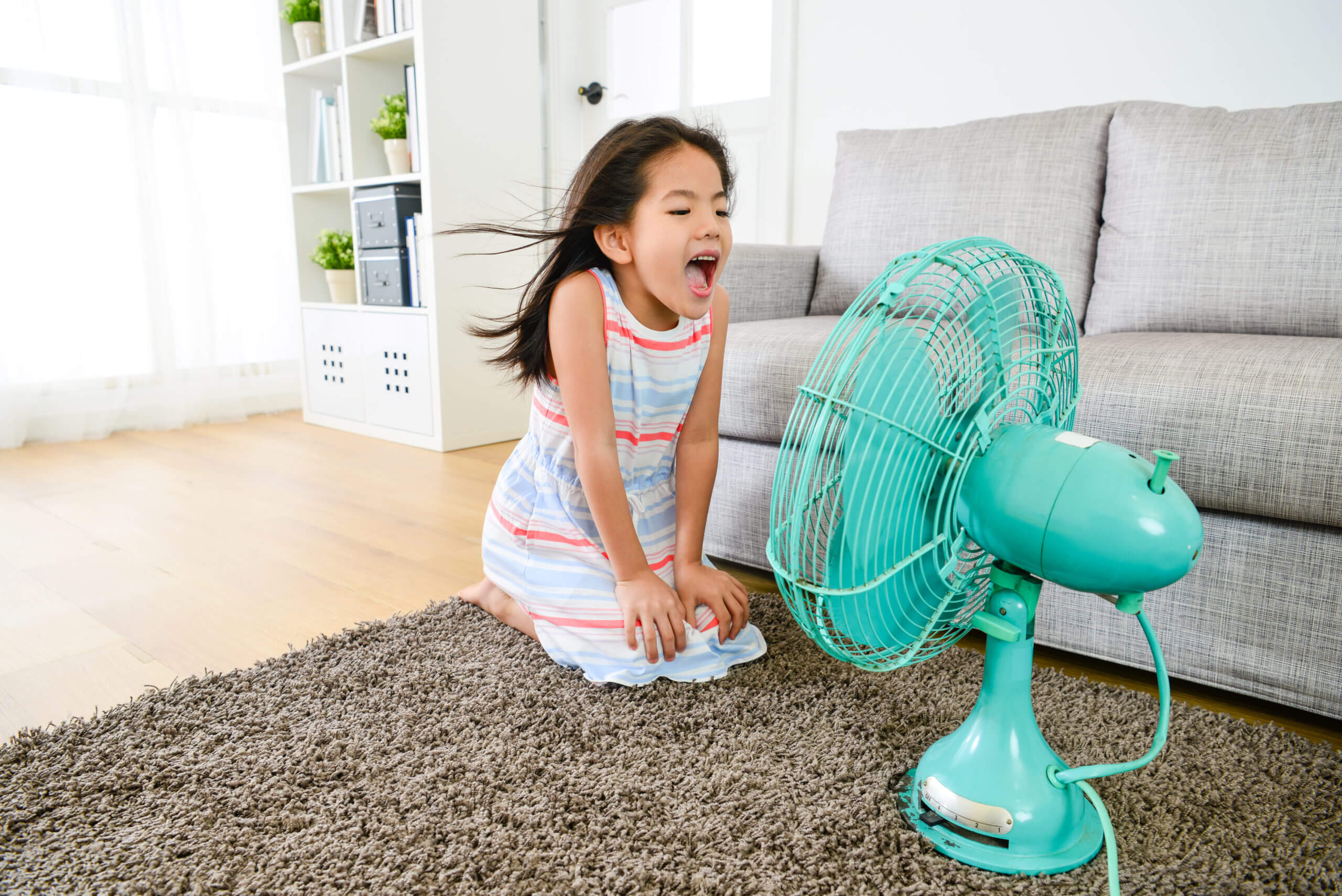Ventilation can benefit your lifestyle in various ways. It can stop people from breathing in bad air caused by dust, pollen, household cleaners, and outdoor pollutants, plus it can prevent the development of dry rot or mold, which can impact your home’s structural integrity, aesthetics, and value while increasing residents’ risk of respiratory issues.
You can eliminate moisture, cooking odors, smoke, and other indoor pollutants that can affect your property and health by ventilating your home. Ensure you breathe in fresh, healthy air by reading the following advice on how to improve your home’s ventilation.
Open Your Windows and Doors
Opening your windows and doors is a simple yet effective way to improve your property’s ventilation. Yet, most people forget to crack open a window or pull back their doors regularly.
If you are worried about indoor pollution or a build-up of condensation, open the doors and windows to allow fresh air to enter and stale air to escape. It will eliminate the excess moisture, allergens, and pollutants to create a healthier home.

Install Felt Lap Vents in Your Loft
Condensation and stale air can develop in rooms prone to moisture, such as kitchens, bathrooms, and laundry rooms. While opening your windows and doors can prevent condensation, excess moisture and heat can travel to your loft and become trapped.
As a result, your loft could develop mold or dry rot in the roof timber, especially if it has poor ventilation. Buy felt lap vents if your loft features traditional lapped membrane or roofing felt underneath tiles, as it will create an air gap that delivers 3000mm2/m of ventilating airflow.
Push Out Moisture with a Kitchen Extractor Fan
As mentioned, kitchens are prone to moisture, which is why you must aim to improve daily ventilation to eradicate a build-up of condensation, odors, or indoor toxins. An extractor fan pushes out stale and moist air during and after cooking. Plus, the running motor will welcome more fresh air inside your home to create a fresh, healthy space while reducing its humidity.
Dry Your Laundry Outdoors
Drying your laundry indoors might feel like a natural step during cold and wet temperatures. However, it might surprise you to learn that drying wet clothes in the home can increase condensation, which will increase your property’s risk of mold growth and dry rot during winter. If you can’t dry your clothing outdoors, invest in a tumble dryer with an extractor fan or ensure your windows are open to allow the excess moisture to escape your home.
Turn on a Fan

A fan is a great way to improve your home’s ventilation, as it can improve airflow across a room. You can even buy two fans and turn them on near open windows. One fan can push unwanted air out of one window, and another can draw fresh air into your home. A freestanding fan is a great option, but you can improve circulation with a floor or ceiling fan too.


















